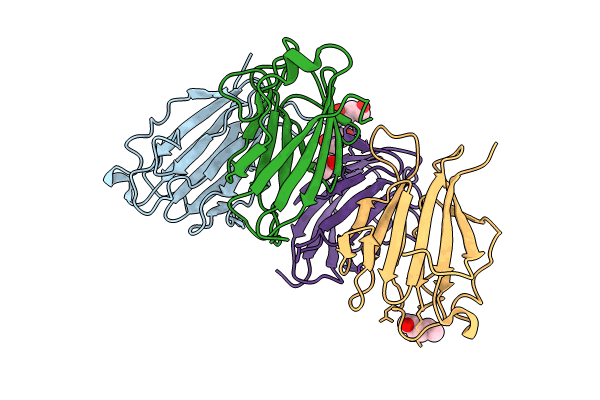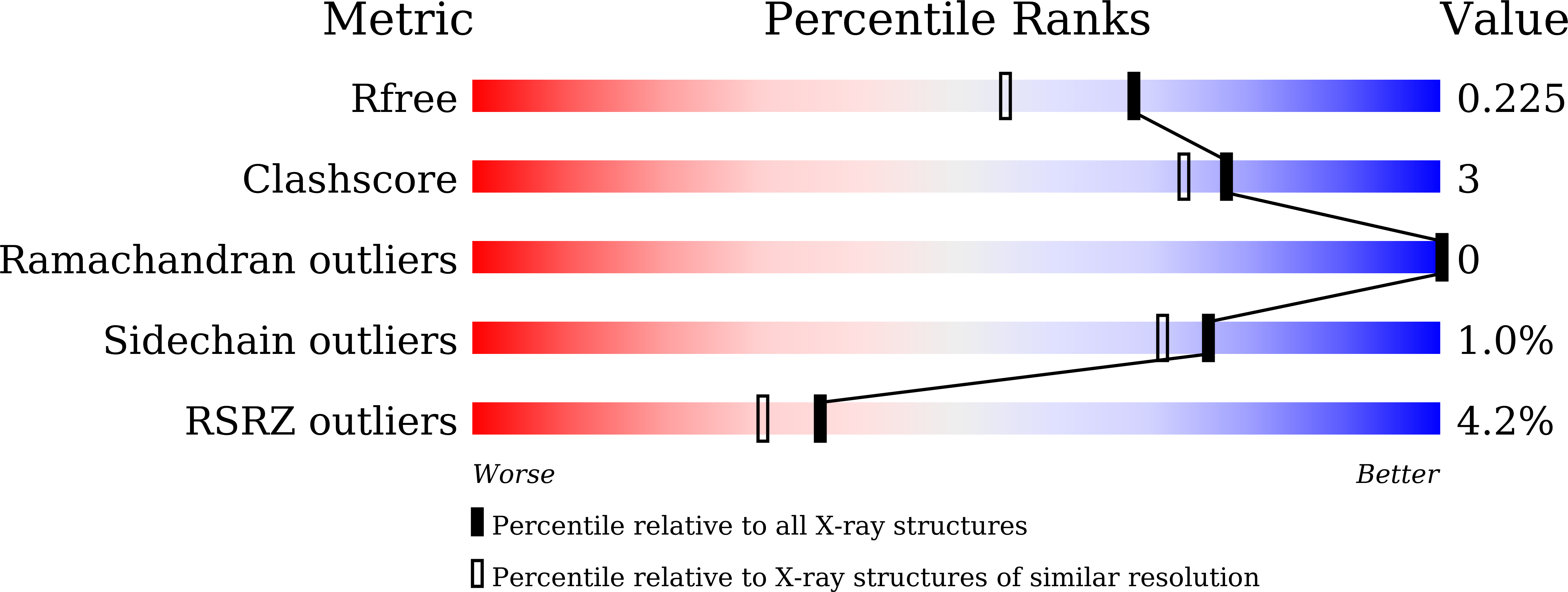
Deposition Date
2023-10-27
Release Date
2024-03-13
Last Version Date
2024-03-13
Method Details:
Experimental Method:
Resolution:
1.79 Å
R-Value Free:
0.22
R-Value Work:
0.18
R-Value Observed:
0.18
Space Group:
P 61 2 2


